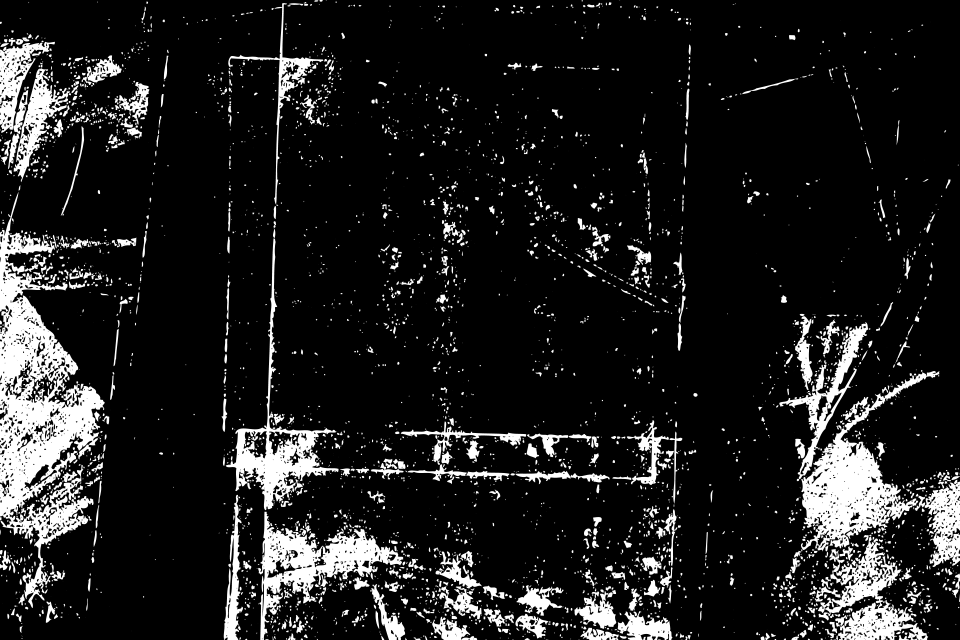Looking out to a possible future, to a time hopefully not too far off, and seeing a more diverse and inclusive country gives me hope. To me, a more multicultural world is a better world.
As a designer, that is a common starting point for many of my projects. With clients and collaborators, this is a common understanding we all share. Trying to solve problems together we see this as either a common beginning or part of the place we’re trying to go together. So the thing that worries me, if you don’t see multiculturalism as a positive, then where does that leave us?
If multiculturalism is a bad thing, stripping away at the traditional fabric of a place, what are we to do about it? Sure, we can talk as neighbors and citizens about these things, and we should. But we probably won’t work on a project together, will we? If I want to see a community more welcoming to those who are different, and you do not, how are we going to come together to find solutions to a problem we don’t agree on?
For example, in a recent workshop, we ideated around huge issues — racism, sexism, poverty, and gun violence. The starting point we began from included an understanding that in the not too distant future, America’s population was going to be more multicultural. The numbers are obvious. Everyone in the room understood this and agreed it was a positive. Then we worked together to try to find approaches we could take to address these huge issues.
Designers, civic leaders, teachers, entrepreneurs, and community members collaborated in a co-ceation process for civic engagement. We ideated, discussed, shared, and received feedback. And we started to see visions appear for a better future. One with more racial equity, gender equity, more understanding around what poverty looks like, and a safer environment where guns are not so pervasive.
But, if this starts to help further solidify a world where diversity and inclusion is praised, and you are against a multicultural view of the world, do you want these outcomes at all? And if this is the foundation of how I see the world in the coming years, I probably will not compromise.
Where does that leave us?





